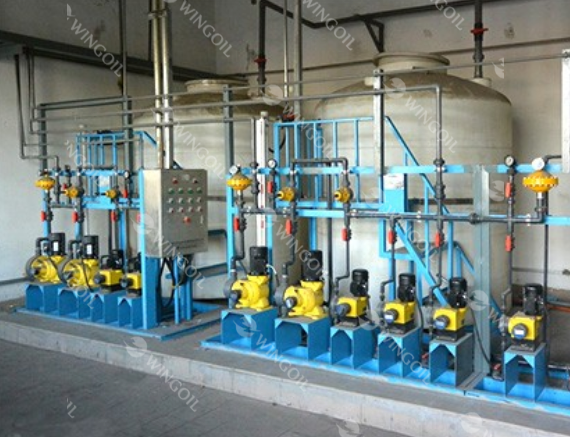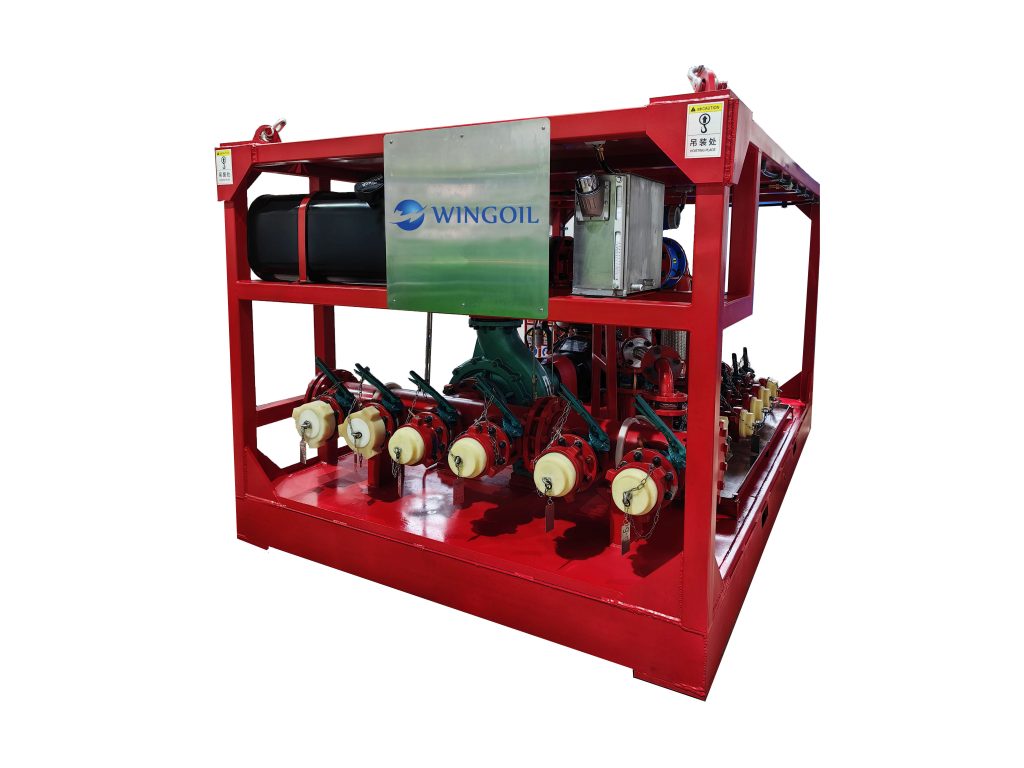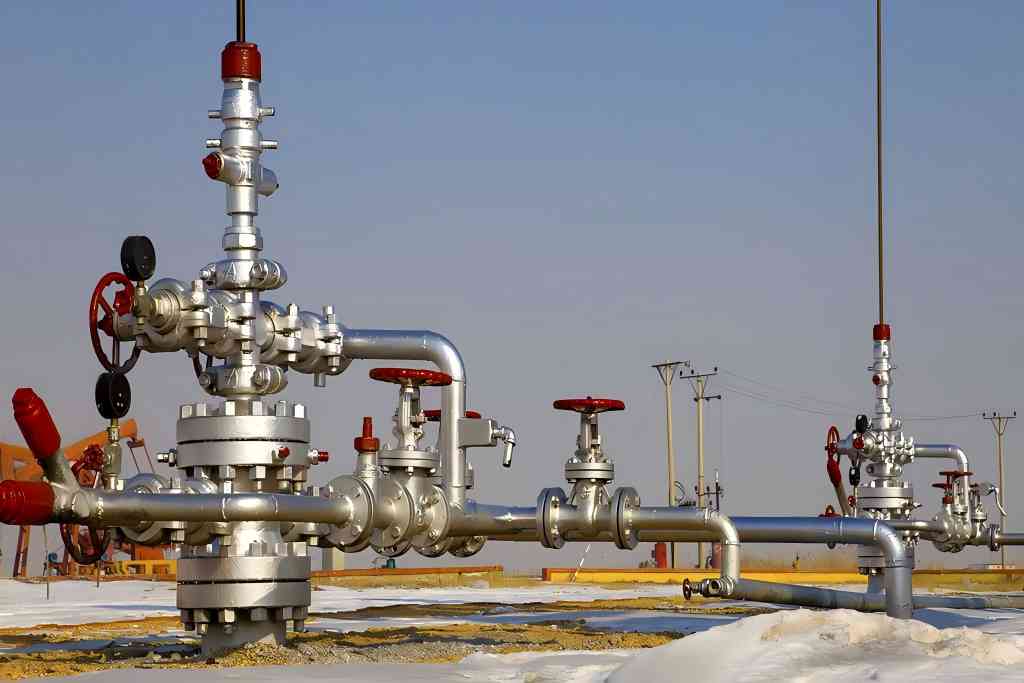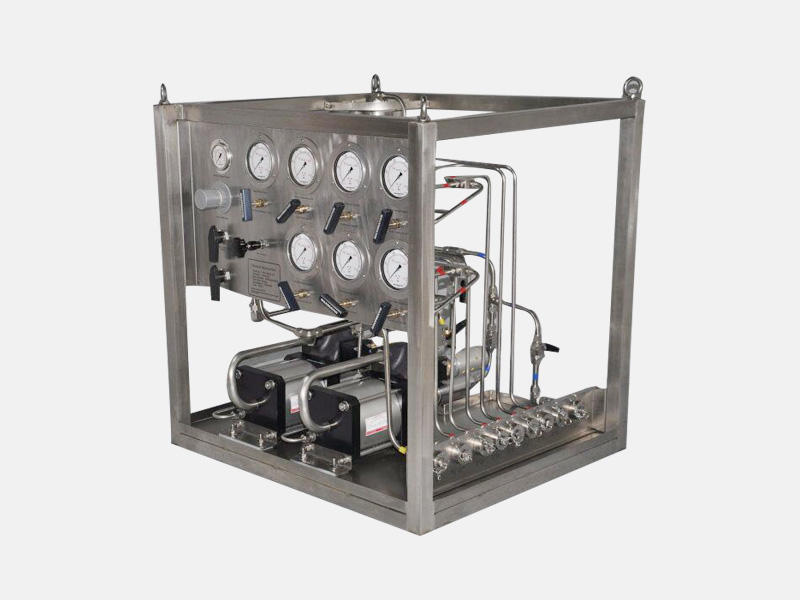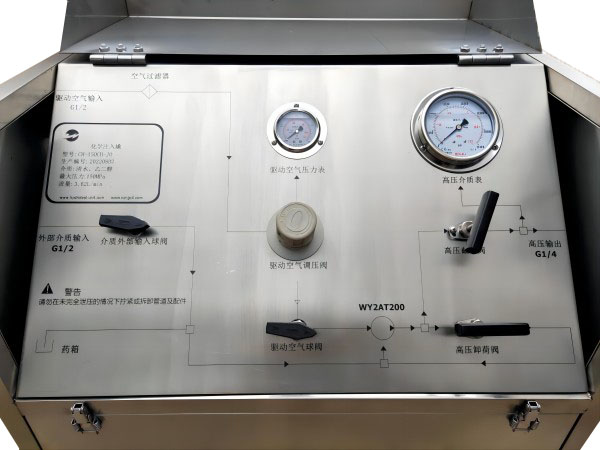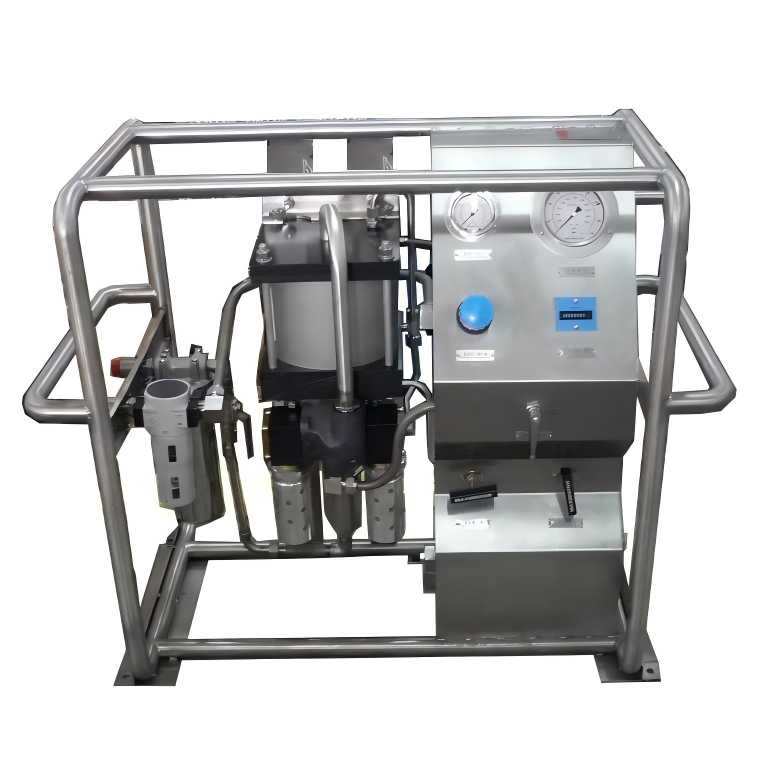Chemical Injection Skids: Pumping the Lifeblood of the Gas and Oil Industry
The gas and oil industry is the lifeblood of the modern world, powering our cars, heating our homes, and fueling countless industries. But beneath the surface of this seemingly simple extraction process lies a complex ecosystem of technology and engineering, where chemical injection skids play a vital role in optimizing operations, ensuring safety, and safeguarding the environment.
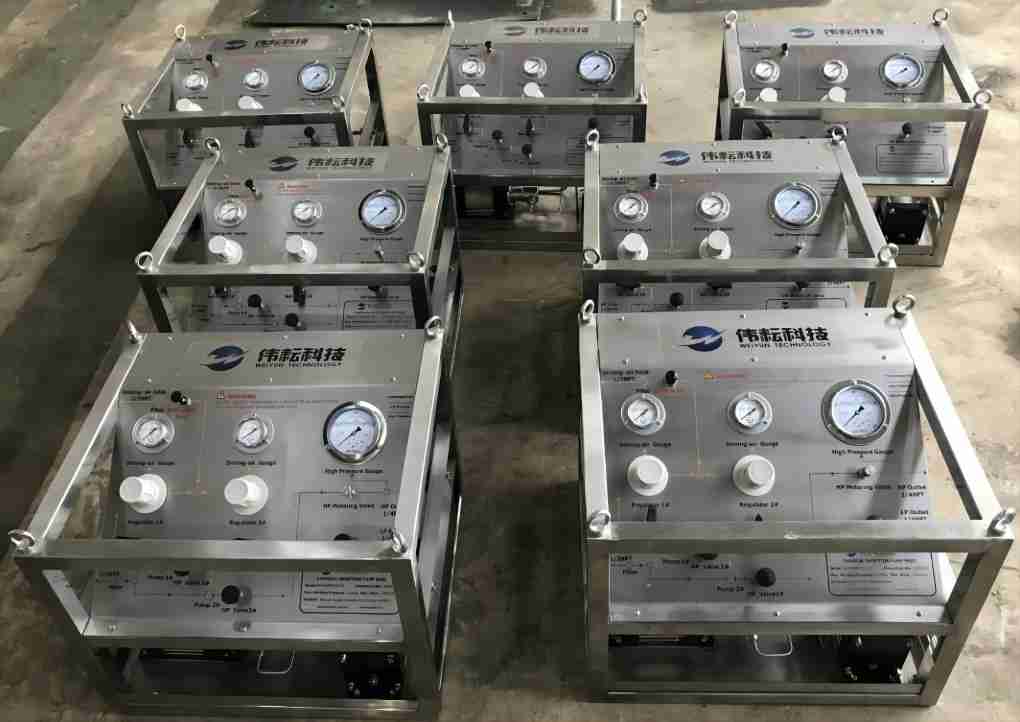
What are Chemical Injection Skids?
Think of chemical injection skids as the unsung heroes of the oil and gas industry. These modular, pre-assembled units are responsible for the precise injection of specialized chemicals into various points of the production process. These chemicals perform a diverse range of tasks, from increasing well flow and preventing corrosion to minimizing environmental impact and enhancing fluid separation.
The Many Roles of Chemical Injection Skids
1. Production Enhancement
- Increased Well Flow and Pressure: Chemical injection can stimulate production by dissolving formation deposits, reducing viscosity, and enhancing fluid flow. This translates to increased well productivity and ultimately, a higher yield of oil and gas.
- Chemical Treatments: Injecting specialized chemicals can address specific production challenges. For instance, scale inhibitors prevent mineral buildup inside pipelines and production equipment, while corrosion inhibitors protect metal surfaces from deterioration.
- Enhanced Oil Recovery: In mature fields, chemical injection plays a crucial role in maximizing oil recovery. Techniques like polymer flooding and surfactant flooding involve injecting chemicals that improve sweep efficiency and mobilize residual oil toward production wells.
2. Process Optimization
- Controlling Corrosion and Scaling: Unchecked corrosion and scaling can lead to significant production losses and equipment damage. Chemical injection skids deliver corrosion and scale inhibitors that coat metal surfaces and prevent unwanted mineral deposits, ensuring smooth operation and extending equipment life.
- Preventing Hydrate Formation: Hydrates are ice-like crystals that can form in pipelines and production equipment, disrupting operations and leading to costly downtime. Injecting methanol or other hydrate inhibitors prevents their formation, ensuring the smooth flow of oil and gas.
- Enhancing Fluid Separation: Separating oil, water, and gas is a crucial step in the production process. Chemical injection can improve separation efficiency by reducing interfacial tension and promoting coalescence, leading to a higher quality product and reduced waste.
3. Environmental Protection
- Treating Produced Water: Produced water is a byproduct of oil and gas production that needs to be treated before being discharged into the environment. Chemical injection skids can effectively remove contaminants like oil and grease, ensuring compliance with environmental regulations and protecting surrounding ecosystems.
- Remediation: Chemical injection can be used to remediate contaminated sites, such as those impacted by oil spills or leaks. By injecting specific chemicals, the breakdown and removal of pollutants are facilitated, restoring the health of the environment.
- Reducing Emissions: Chemical injection can contribute to reducing air pollution by capturing harmful emissions and converting them into less harmful substances. This helps to improve air quality and meet environmental regulations.
The Benefits of Using Chemical Injection Skids
The implementation of chemical injection skids offers a multitude of benefits for oil and gas companies:
- Improved Efficiency and Productivity: Increased production, reduced downtime, and enhanced process stability translates to significant economic benefits.
- Safety and Environmental Compliance: Chemical injection helps to prevent accidents and environmental damage, promoting a safer and more sustainable operation.
- Cost-Effectiveness: Optimizing chemical usage, reducing waste, and extending equipment life lead to lower operational costs and increased profitability.
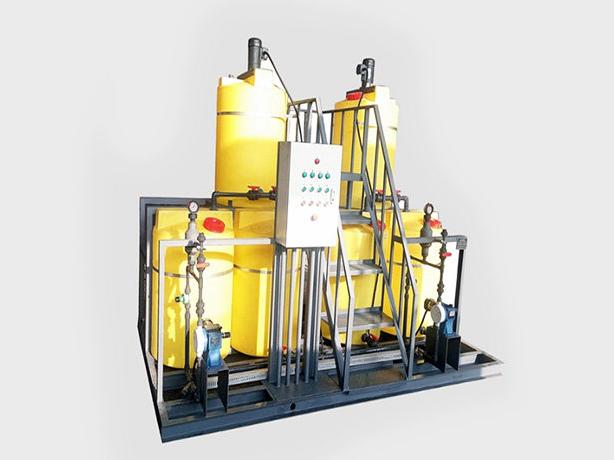
Types of Chemical Injection Skids
- Continuous Injection Skids: These skids deliver chemicals at a constant rate, ideal for applications requiring ongoing injection.
- Batch Injection Skids: These skids are designed for periodic injection of chemicals for specific tasks, such as well stimulation or pipeline cleaning.
- Custom-Designed Skids: To meet unique requirements, chemical injection skids can be customized to accommodate specific chemicals, flow rates, and operational needs.
Conclusion
Chemical injection skids are integral to the success and sustainability of the gas and oil industry. By enhancing production, optimizing processes, and protecting the environment, these systems play a crucial role in ensuring the efficient and responsible extraction of valuable resources. As technology continues to evolve, we can expect even greater advancements in chemical injection skid technology, leading to further improvements in efficiency, safety, and environmental sustainability in the years to come.

